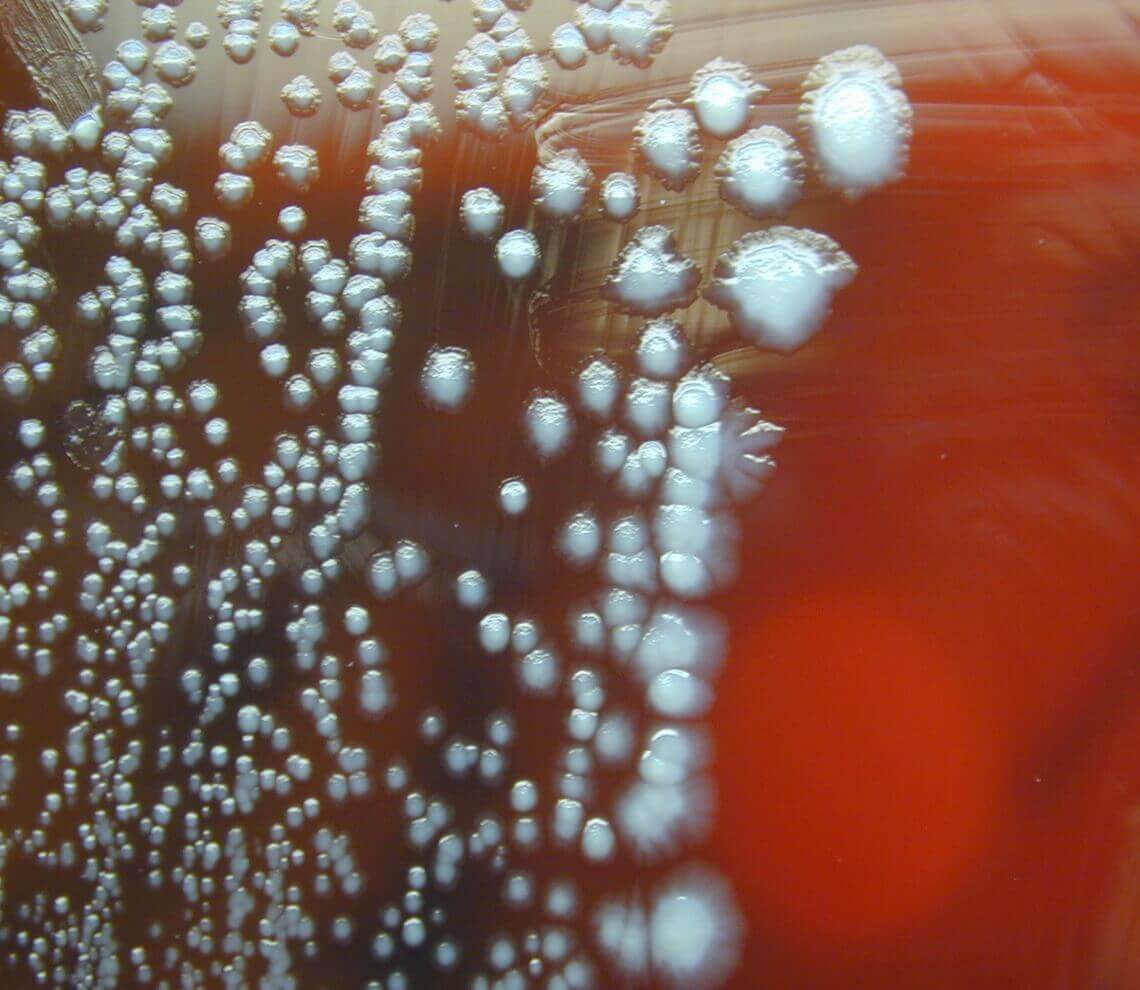- Our Suppliers
- MBS Monoclonals
- Mouse Anti-Transferrin Receptor (CD71)
Product short description
Price:
343 EUR
Size:
1 mililiter
Catalog no.:
GEN570280
Product detailed description
Gene name
N/A
Gene name synonims
N/A
Concentration
N/A
Other gene names
N/A
Purification method
N/A
Other names
N/A
Immunoglobulin isotype
IgG1
Clone
66IG10
Category
Antibodies
Clonality
Monoclonal
Latin name
Mus musculus
Subcategory
Mnoclonal antibodies
Also known as
Transferrin Receptor (CD71)
Host organism
Mouse (Mus musculus) (Balb/c)
Form/Appearance
Each vial contains 1ml of culture supernatant of monoclonal antibody containing 0.09% sodium azide.
Tested applications:
Flow Cytometry (FC), Immunohistochemistry (IHC) (frozen), Immunoprecipitation (IP), Western Blot (WB)
Storage and shipping
Store the antibody at +4 degrees Celsius., or in small aliquots the antibody should be stored at -20 degrees Celsius..
Species reactivity
Human (Homo sapiens); Due to limited knowledge and inability for testing each and every species, the reactivity of the antibody may extend to other species which are not listed hereby.
Test
Mouse or mice from the Mus musculus species are used for production of mouse monoclonal antibodies or mabs and as research model for humans in your lab. Mouse are mature after 40 days for females and 55 days for males. The female mice are pregnant only 20 days and can give birth to 10 litters of 6-8 mice a year. Transgenic, knock-out, congenic and inbread strains are known for C57BL/6, A/J, BALB/c, SCID while the CD-1 is outbred as strain.
Specificity and cross-reactivity
66IG10, raised anti Human thymocytes (T-cells) was found to be directed anti the Human transferrin receptor. This antibody reacts with the transferrin receptor, a 180-190 kD transmembrane glycoprotein which exists as a 95 kD homodimer with interchain disulfide bond.; Since it is not possible to test each and every species our knowledge on the corss reactivity of the antibodies is limited. This particular antibody might cross react with speacies outside of the listed ones.
Description
This antibody needs to be stored at + 4°C in a fridge short term in a concentrated dilution. Freeze thaw will destroy a percentage in every cycle and should be avoided.The receptors are ligand binding factors of type 1, 2 or 3 and protein-molecules that receive chemical-signals from outside a cell. When such chemical-signals couple or bind to a receptor, they cause some form of cellular/tissue-response, e.g. a change in the electrical-activity of a cell. In this sense, am olfactory receptor is a protein-molecule that recognizes and responds to endogenous-chemical signals, chemokinesor cytokines e.g. an acetylcholine-receptor recognizes and responds to its endogenous-ligand, acetylcholine. However, sometimes in pharmacology, the term is also used to include other proteins that are drug-targets, such as enzymes, transporters and ion-channels.
© Copyright 2016-Tech News . Design by: uiCookies

